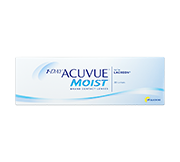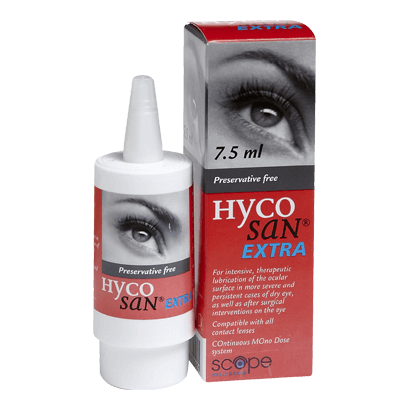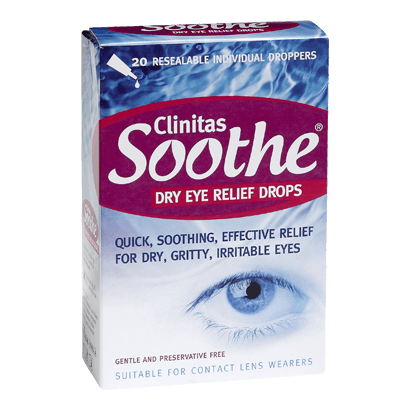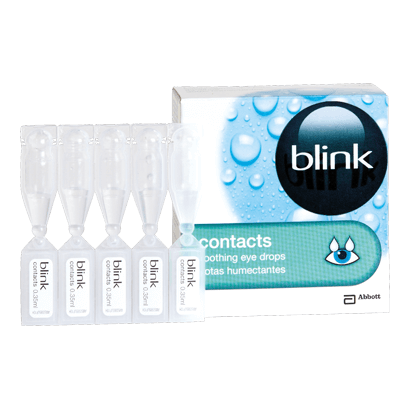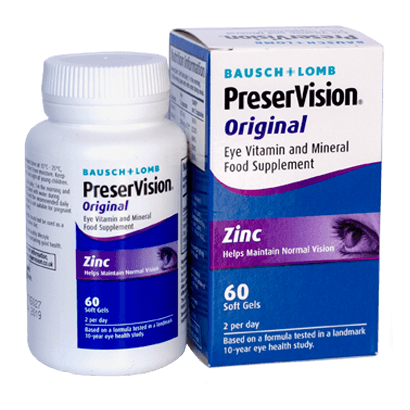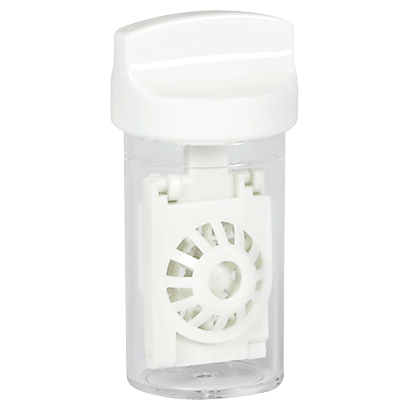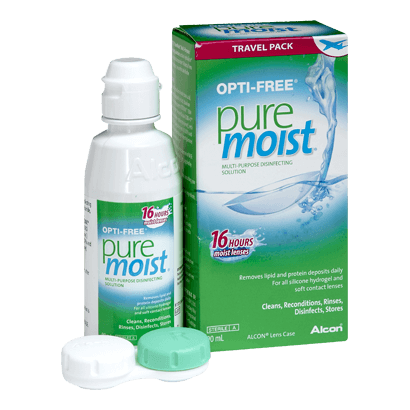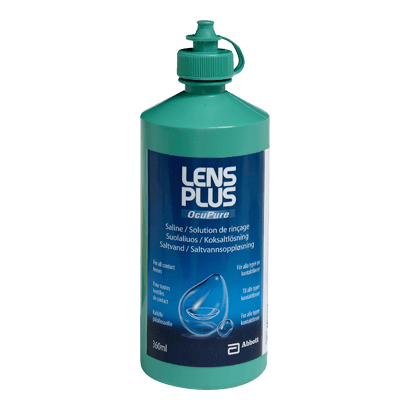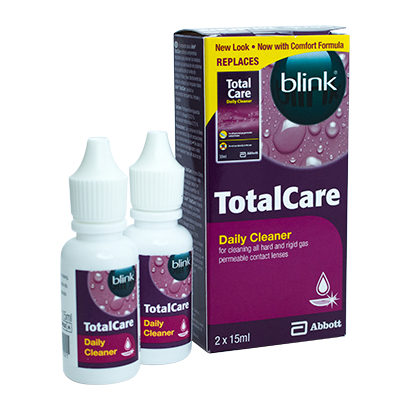Your contact lens prescription allows you to purchase contact lenses that match your requirements from opticians or online suppliers. You should always be given a prescription after a successful contact lens fitting. If you didn’t receive one, in the UK it’s your legal right to have a copy, so just reach out to your optician and ask.
Do I need a prescription for contact lenses in the UK?
When it comes to correcting your eyesight, the answer is ‘yes’, you do need a prescription for contact lenses in the UK like you do for eyeglasses, as well as regular visits to your optometrist to check up on your eye health. However, even though you technically don't need a prescription to buy coloured contact lenses, our optical advisor recommends that an eye test will help you to choose the most suitable ones.
Ordering contact lenses from us is super-easy, as we don't need to verify your physical prescription. Having a valid prescription is obviously essential, but we trust you to take your eye health into your own hands. If you would like us to verify it, we're happy to do that too.
Reading your contact lens prescription
For new contact lens wearers, this video will be especially handy in helping you to learn how to read your prescription correctly.
How do I read my prescription?
You can find your prescription on the piece of paper given to you by your optician during a check-up, on the end/side of your contact lens box or on the blister packs that contain your contact lenses.
A written prescription usually includes the following specifications: base curve, diameter, power (or sphere), and then additional figures for Cylinder and Axis if you have astigmatism, and Addition and Dominant figures for presbyopia correction. The prescription for your left and right eye will be listed separately as they may vary.
Example prescription:
|
|
Base Curve |
Diameter |
Power/Sphere |
Cylinder |
Axis |
Addition |
Dominant |
| Left |
8.4 |
14.0 |
-0.50 |
-1.25 |
10 |
>+1.0 |
N |
| Right |
8.4 |
14.0 |
-1.25 |
-1.25 |
10 |
+1.0 |
D |
Name & expiry date: Your prescription should also contain the name of your contact lens brand (e.g. Acuvue Oasys) and an expiry date, which is usually a year from the date of your check-up.
Below is an example of the prescription listed on the side of the box for 1-Day Acuvue Moist for Astigmatism.
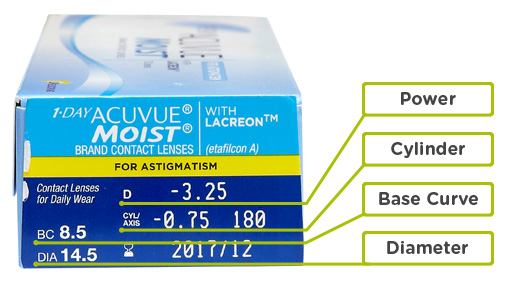
Please be aware that a contact lens prescription is different from a glasses prescription, so you cannot use one for the other.
What does each prescription figure mean?
Base Curve (BC): The base curve determines what type of fit is required for the lens to meet the curve of your eye; this is usually written in millimeters or sometimes with the words: flat, median or steep.
Diameter (DIA): The diameter of the contact lens is also written in millimetres and determines the width that best fits your eye.
Power/Sphere (PWR/SPH): This figure shows whether you're long or short-sighted and how much correction your eyes require. If you have long-sightedness (hyperopia) your figure will begin with a + (plus sign) and if you have short-sightedness (myopia), it will begin with a - (minus sign). This will be followed by a number that goes up from 0 in measures of 0.25 dioptres, the higher the number the stronger the visual correction needed (this value can be displayed on the box as "PWR" or "D").
Prescription Figures for Astigmatism
The below figures are only displayed on contact lens prescriptions where there is a need for astigmatism correction, and you require toric lenses.
Cylinder (CYL): The cylinder will always be a minus number that increases in measures of 0.25. Much like the power/sphere figure that is shown on all standard prescriptions, the cylinder for toric lenses denotes the extra visual requirements needed for astigmatism and how severe the astigmatism is.
Axis (AX): Astigmatism is caused by the irregular curvature of the eye; the axis is a figure which determines the angle of the correction needed in order to see clearly. The Axis is always a number between 0 and 180 degrees.
Prescription Figures for Presbyopia
The below figures are only displayed on contact lens prescriptions where there is a need for presbyopia/multifocal correction.
Addition (ADD): If you suffer from presbyopia it affects your near vision, the Addition figure determines what level of correction you need to be able to see clearly at a close distance. This is a number between 0.50 and 3.00, some contact lens brands refer to this as a high, medium or low.
Dominant: Multifocal or bifocal contact lens wearers will see that the correction is determined by a dominant and non-dominant eye. This is the dominant figure, and is usually marked with a "D" and "N" to express which eye is which.

